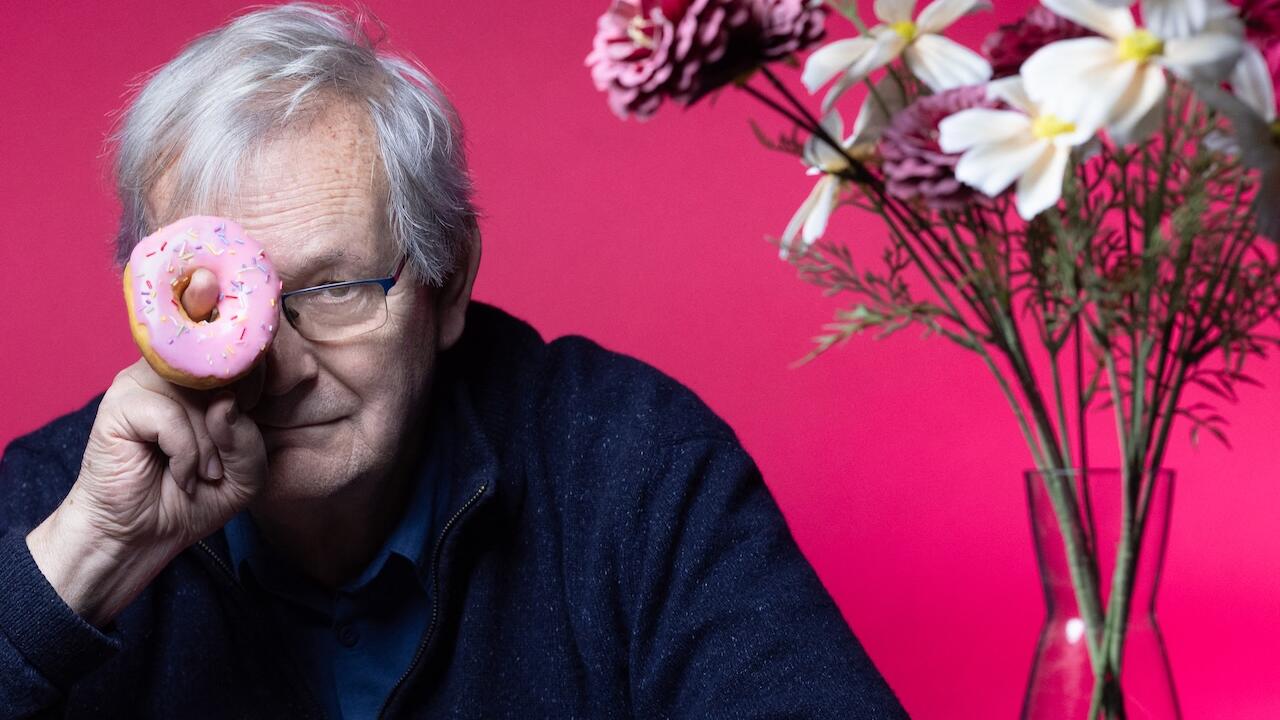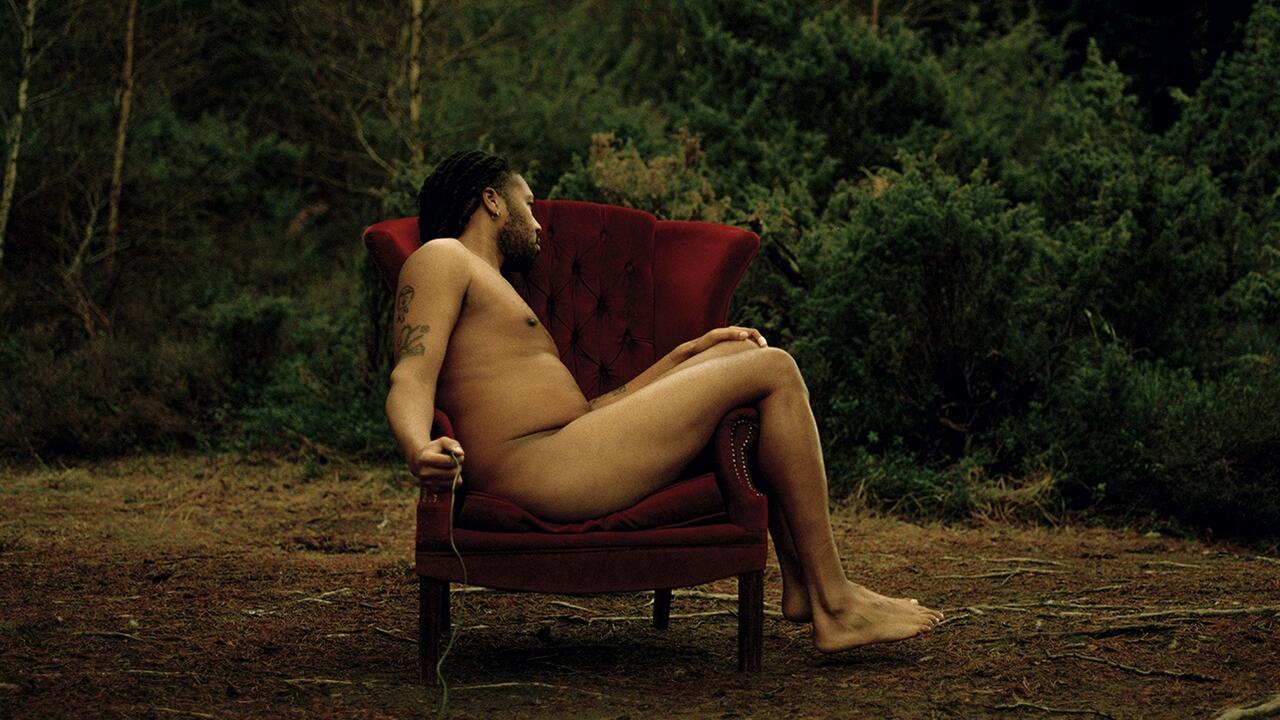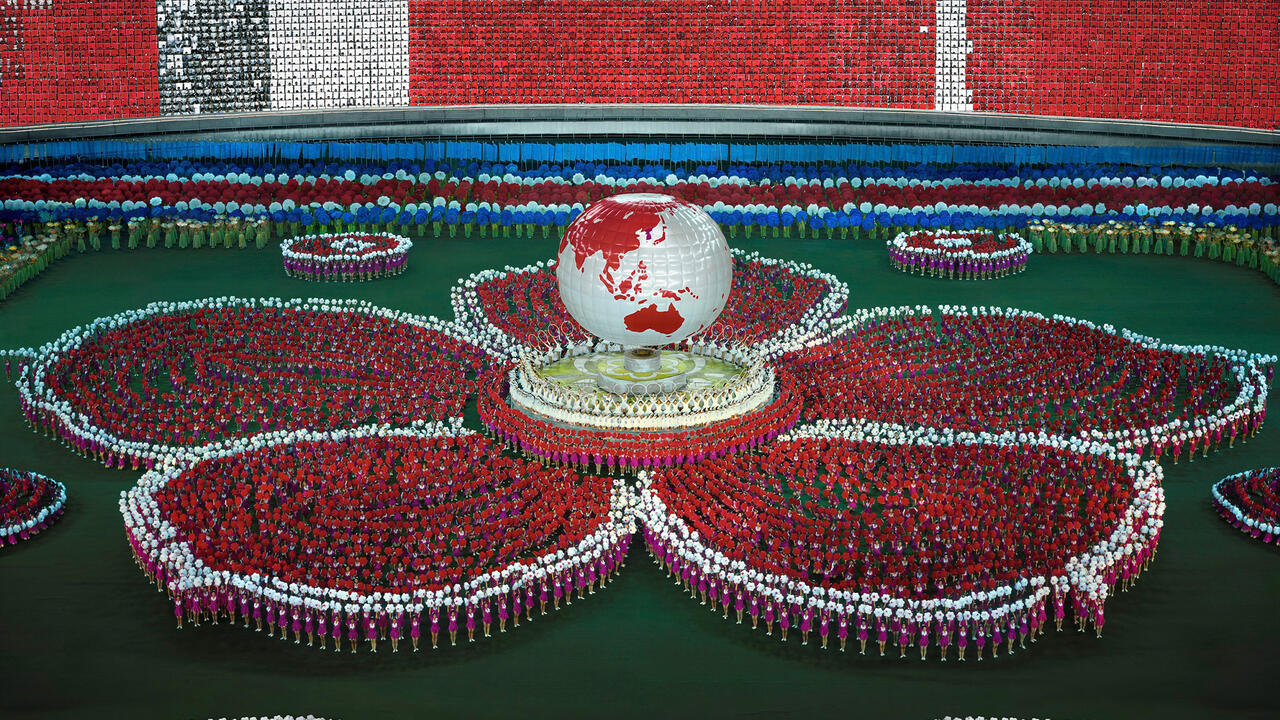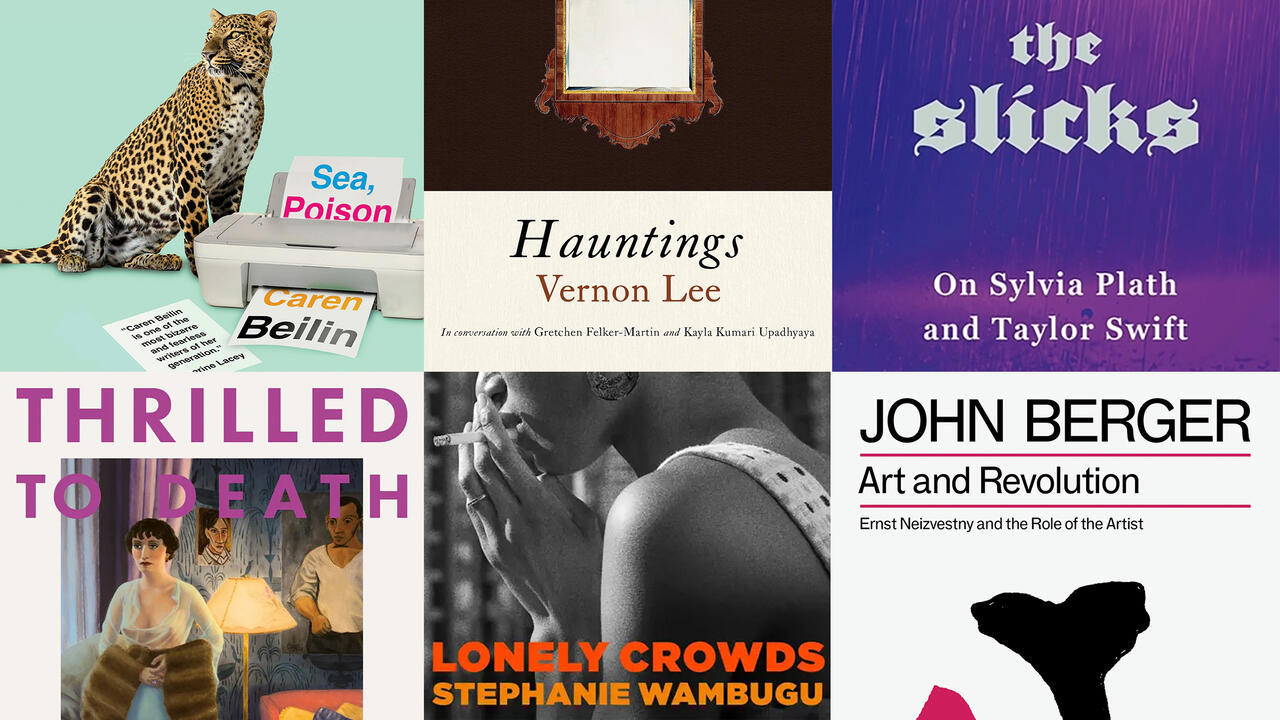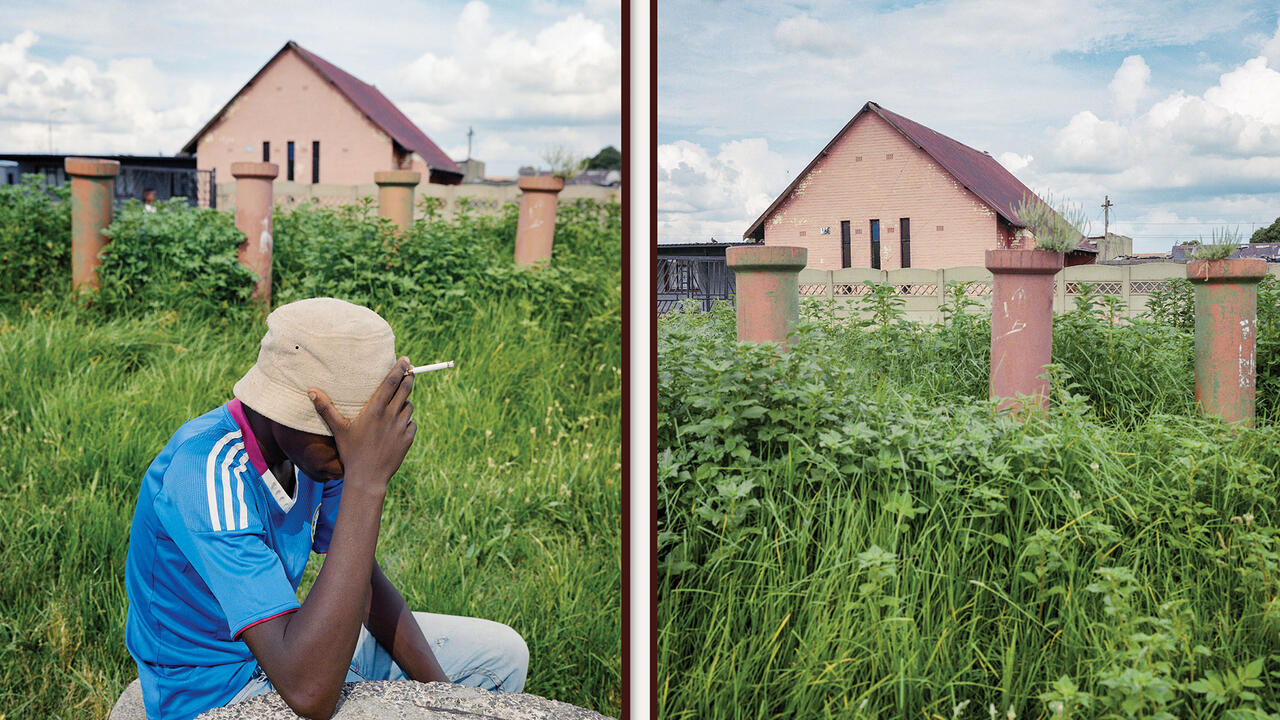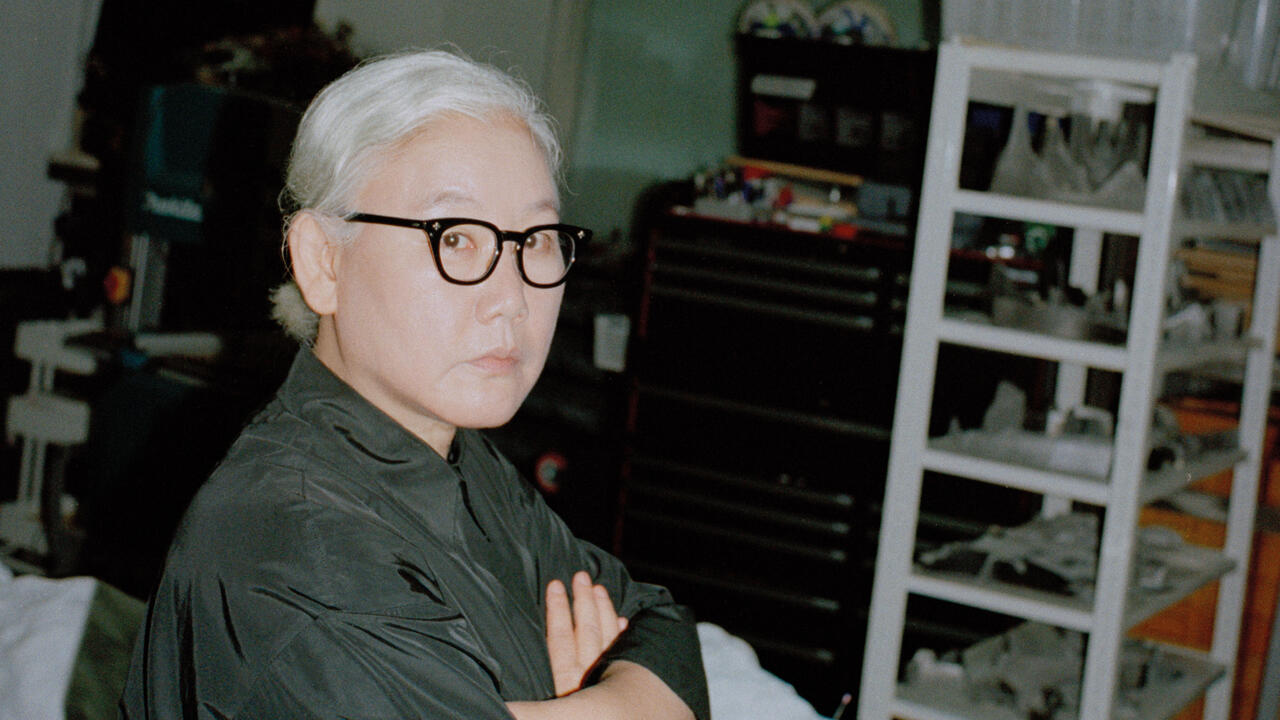For Empathy, With Love: the Photographs of Rosalind Solomon
What does a picture tell? Not one story
What does a picture tell? Not one story

A passion for an object – wanting to do something with your life – makes it easier to get out of bed. But not every morning. ‘I feel that photography is my mission,’ US photographer Rosalind Solomon told me. In 1968, she was living in Japan, bought an Instamatic, and it began.
I was interviewing Solomon in Bruce Silverstein Gallery in New York, where a selection of her work was being shown, along with that of Diane Arbus and Lisette Model. Arbus had studied with Model; Solomon did, off and on, between 1972 and 1977. Like Model and Arbus, Solomon mostly shoots people, but is not a documentarian. Unlike a street photographer, she always asks a potential subject if she can take the picture.
Solomon is 88 and was born in Highland Park, Illinois. She received a BA in political science from Goucher College, married, had two children and lived in Chattanooga, Tennessee, for 30 years. Back then, she volunteered for The Experiment in International Living, recruiting southerners to host people from abroad, and worked for a US government agency, lecturing at historically black colleges about foreign work opportunities.
Solomon’s longtime engagement with politics and different cultures, including those in the US, undergirds her art. She shoots rites and rituals, mothers and children, people facing bad times. In 1975, she photographed patients recovering from operations and wounds at a hospital in Chattanooga. In 1987, she photographed so-called ordinary people with AIDS, portraying her subjects in extremis, alone, with family or friends, their dignity intact. (‘Portraits in the Time of AIDS’ was exhibited at the Grey Art Gallery, New York, in 1988.) In the 1990s, she visited hospitals in Yugoslavia and rehab centres for mine victims in Cambodia.
Solomon and I discussed her work in front of a grid of her photographs, five rows across, four rows down, each image 41 × 51 cm. I asked what Model had taught her. ‘My liberation began with her,’ she said. ‘I took all kinds of pictures. Model encouraged me to go for the strongest picture, not to be afraid because they were disturbing.’
Solomon’s photographs remind me of character-driven short stories; her subjects looking at the camera, starkly, intensely, evoke many possible interpretations. The photographs share in solemnity, even the humorous ones, like the four people at a table wearing fox masks (Foxes’ Masquerade, 1993).
Solomon’s photograph of an indigenous Peruvian woman breastfeeding a baby lamb is surprising, even shocking, upending, for one, notions of propriety. I’d never seen a picture like it. The photograph had disturbed people because, ‘They thought it showed bestiality.’ I asked Solomon if the lamb’s mother had died. Yes, she had. It charmed me, but then I appreciate inter-species relationships. As for disturbance: some Americans think that public human-to-human breastfeeding should be banned.
People are enigmas and photographs are enigmatic, their meanings produced by people’s reactions to them. Solomon’s photograph South Africa (1988) is purposefully upsetting. A white mother and her young daughter are smiling gaily, sitting on a comfortable armchair, while a uniformed black maid is on her knees beside them. She looks expressionless or grim. In the picture, and in fact, she exists in a different world.
Some time ago, a friend asked Solomon why she took a picture of a black woman in a servile position. Solomon didn’t expect people to interpret it that way. What does a picture tell? Not one story. And, no matter how worthy an artist’s intentions, say, in depicting a poor family, a person who believes the poor are lazy will be dismissive, unfeeling. That person himself might be struggling, and a Donald Trump supporter, because in the US, the identification with the oppressor reigns – a galling, destructive and self-destructive dynamic.
On one wall, a photograph from Solomon’s AIDS project hangs by itself: a woman embracing a man whose back is to us. Her face is centred in the frame, close up and dominant. The woman is staring, glaring, into the camera. Most arresting, her eyes – huge, open wide. Startled, she might be witnessing a disaster. No, she is in a disaster. I wondered if she has the virus or the man she’s holding, then considered whether it really mattered in this picture. AIDS devastated life for those who were sick and died and for those who were witnesses to their anguish and its wrath.
Solomon shoots with and for empathy, with love. Other people will think differently, and these differences, in our time, garner explosive reactions. I want to ask: do we perceive a photograph or painting as being for or against ‘the other’? What do differences in ‘seeing’ imply?
It’s a harsh time, with people reactive as hives. And, sadly, subtlety seems to be one of its losers.
Published in frieze, issue 198, October 2018, with the title ‘A Different World’.
Rosalind Solomon, No Title. Seattle, Washington, 1987. Courtesy: Bruce Silverstein Gallery, New York











